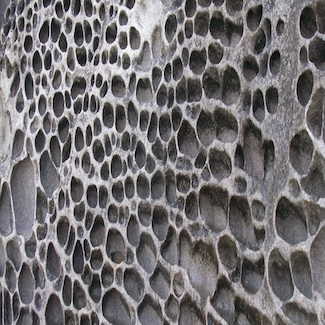Coexistence in diverse communities with higher-order interactions.
Type
A central assumption in most ecological models is that the interactions in a community operate only between pairs of species. However, two species may interactively affect the growth of a focal species. Although interactions among three or more species, called higher-order interactions, have the potential to modify our theoretical understanding of coexistence, ecologists lack clear expectations for how these interactions shape community structure. Here we analytically predict and numerically confirm how the variability and strength of higher-order interactions affect species coexistence. We found that as higher-order interaction strengths became more variable across species, fewer species could coexist, echoing the behavior of pairwise models. If interspecific higher-order interactions became too harmful relative to self-regulation, coexistence in diverse communities was destabilized, but coexistence was also lost when these interactions were too weak and mutualistic higher-order effects became prevalent. This behavior depended on the functional form of the interactions as the destabilizing effects of the mutualistic higher-order interactions were ameliorated when their strength saturated with species' densities. Last, we showed that more species-rich communities structured by higher-order interactions lose species more readily than their species-poor counterparts, generalizing classic results for community stability. Our work provides needed theoretical expectations for how higher-order interactions impact species coexistence in diverse communities.

